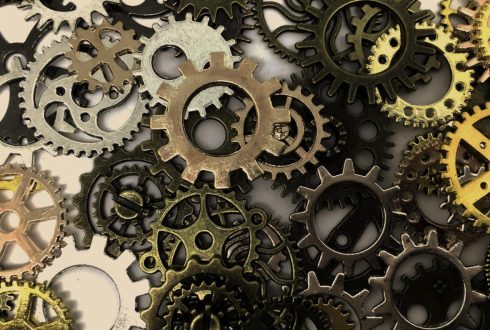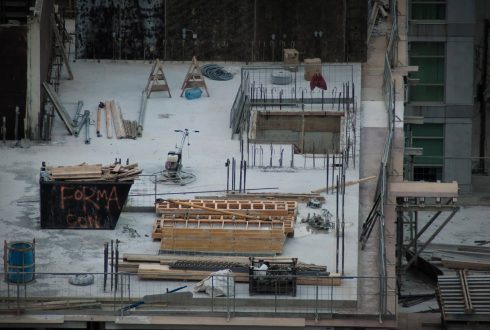Masonry Damage Inspections
EMA Masonry Damage Inspections
Masonry damage Inspections are used when there exists masonry forensics problems regionally, but many occur nationwide. Here’s an overview of 10 common construction problems that masonry engineers face during a masonry damage inspection service.
Efflorescence In Masonry Noted During Inspections
When water containing dissolved salts evaporates from a masonry structure it leaves a salt deposit (Figure 1). The stain is called efflorescence. Salts may be present in all types of masonry materials: mortar, brick, concrete block, stucco, and plaster. Or they may be in water that enters the masonry
Besides being unsightly, efflorescence may lead to more serious problems such as cracking. Salt crystals deposited in pores sometime generate enough pressure to crack the masonry.
To prevent efflorescence, prevent water from entering the wall and provide drainage for water that does. Design properly and install flashing, weep holes, drips, and caulking.
2 PROBLEM In Masonry Inspections


Corrosion In Masonry During Inspections
In the presence of water and oxygen, steel rebars in bond beams, grouted cells, or collar joints will corrode. Horizontal joint reinforcement ties that hold multi-wythe masonry walls together, or anchors that attach a veneer wall to a support also are susceptible to corrosion.
Rust, the product of corrosion, occupies up to six times the original volume of steel. This volume expansion causes cracks that let in more water and thus cause even more corrosion.
The most common materials used for reinforcing are un-coated steel, zinc-coated steel, and hot-dipped galvanized steel. The coatings and the alkaline mortar provide some corrosion protection. There is, however, no substitute for good tight mortar joints and flashing that minimize the amount of moisture entering and accumulating in the masonry.
Also, avoid adding chloride to mortar or grout; soluble chlorides accelerate corrosion. And don’t install dissimilar metals such as copper and steel in the same wall. When there’s moisture in the wall, dissimilar metals sometimes react and cause corrosion too.
